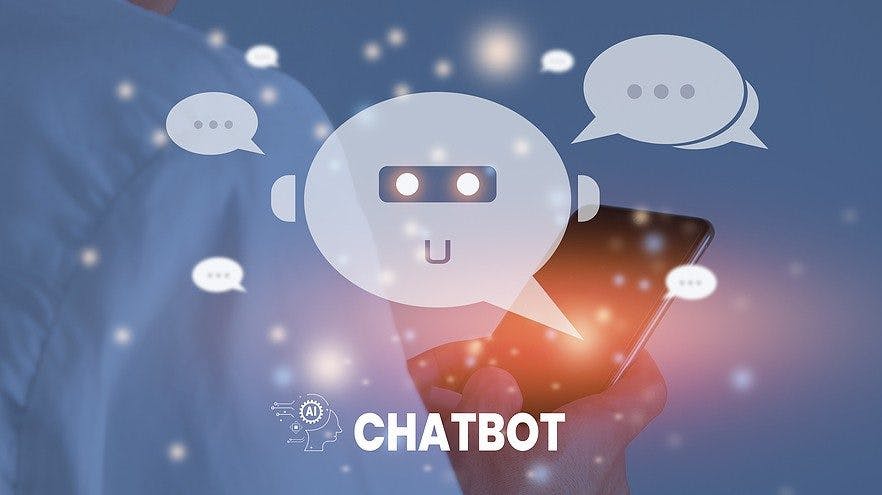ChatGPT won’t take your job. Someone who masters ChatGPT will take your job.
According to new research from MIT, participants who completed a writing task with ChatGPT support finished 37% faster and produced better quality output. In other words, employees who are adept at using ChatGPT will have an advantage in the labor market (they may already).
This includes recruiters. And so the question is not whether ChatGPT will take the job of recruiters. Rather, it’s how can recruiters leverage AI to become better at their jobs?
For starters, not all companies are embracing the technology. Many organizations don’t want anyone — including hiring managers and recruiters — using ChatGPT or other AI software due to security concerns.
One hiring manager, who prefers to remain anonymous due to company policy, explained that their employer gave a strict mandate not to put anything company-related into ChatGPT. This includes things that recruiters regularly work with: job descriptions, follow-up emails, candidate evaluations, etc.
Such a policy is consistent with that of several big named companies, including Samsung, Amazon, JPMorgan Chase, Goldman Sachs, and Verizon. All have severely restricted or banned third-party AI applications.
Elsewhere, recruiters are finding creative ways of using ChatGPT.
Recruiting Uses for ChatGPT
In focus groups with recruiters, Adam Gordon, a UK recruiter himself, found that recruiters are using ChatGPT mainly to:
- Write first draft of job postings.
- Create employer branding content, including communication templates, employer value proposition, and careers site blurbs
- Transcribe technical candidate interview notes written as bullet points into paragraphs to share with candidates
- Build Boolean strings for searches
Indeed, Rob Conklin, a senior technical talent acquisition partner, uses ChatGPT to get technical. He points out on LinkedIn: “It’s been great for creating boolean strings for searches. If I ask ChatGPT: ‘Please create a boolean search string with 50 of the largest SaaS cloud companies,’ it’ll pull that together for me while I’m, say, typing a response to this post. It’ll be error-free and done before I can finish typing this.”
“ChatGPT saved me about five hours of admin work this week,” Avery Francis, founder of Build with Bloom, points out on Twitter. “If you work in HR or recruiting and aren’t leveraging ChatGPT in your workflow, you’re likely wasting a lot of unnecessary time.”
Meanwhile, Meg Martin, an HR consultant, leverages the software to help with resumes. “I used it to synthesize resume bullets for a client. They had two different resumes, and the experience bullets for one employer were numerous and slightly different. It combined them and eliminated redundancy,” Martin explains.
Kate Grooms, founder and creative director at Hello Benefits, uses it to recruit her employees and work with customers. She feeds it a document that explains, for instance, benefits for open enrollment and has ChatGPT create FAQs.
Similarly, Lou Adler, CEO of Performance-Based Hiring Learning Systems, suggests writing your job descriptions as OKRs (objectives and key results) and then using ChatGPT to help build the onboarding process around these goals. This combination helps “attract the strongest and most diverse talent available,” he says.
In addition, Jim Stroud created a video in which he outlined the prompt he used to get ChatGPT to help him with sourcing candidates. After getting lists of places to find candidates, he realized he wanted more creative sources and so tweaked his questions to ask, “What are some prompts for sourcing candidates that have been appreciated by your users.” Then he drilled down on those answers.
Time Will Tell
While ChatGPT had 1.16 billion users by the end of April, not every recruiter is on board. Multiple recruiters contacted for this article reported that they had never touched it, let alone used it to help with recruiting.
Some are aware but cautious about taking the human out of recruiting. Katrina Collier, author of The Robot-Proof Recruiter, says, “It is a starting point; if you are not going to use it with any curiosity, empathy, and creativity, please don’t use it. The world doesn’t need more recruitment spam and vanilla content.”
